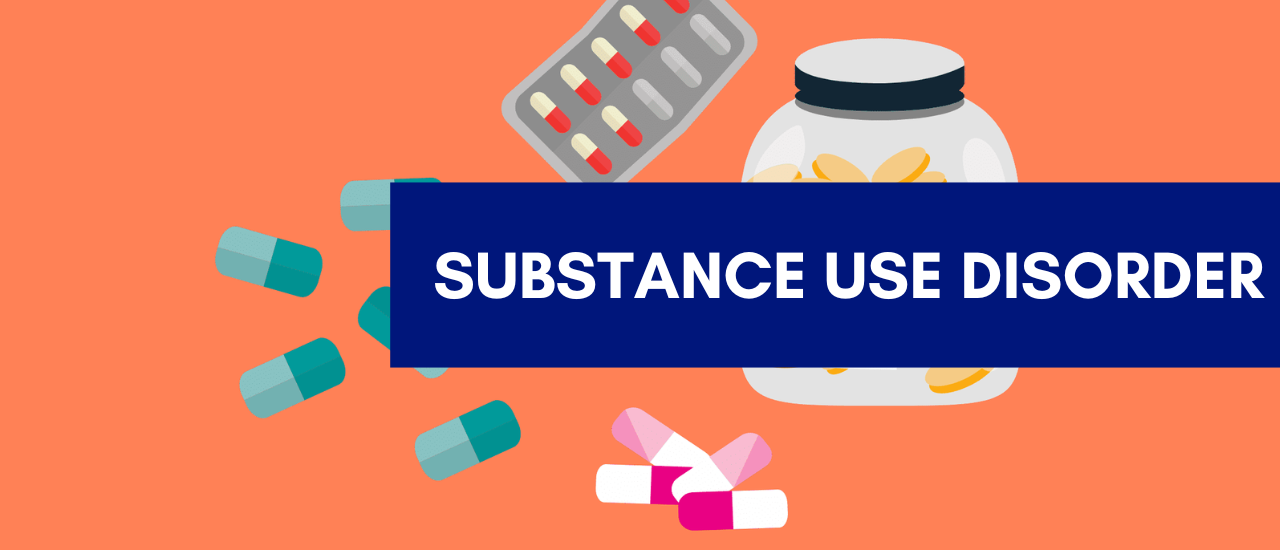


Any consumed elements that cause a person to experience brief cognitive, behavioral, or physiological symptoms are considered substances. When a person can’t manage their drug usage despite repercussions, they have a substance use disorder (SUD). Additionally, users with SUD are known for compulsively abusing drugs or alcohol and continuing to do so despite being aware of the negative consequences. Even if they are aware that their use is causing or will cause issues, people nonetheless take substances. Additionally known as severe SUD, addiction.

Substance abuse refers to the frequent, risky use of any substance, including alcohol and narcotics. Chemicals may be lawful, medically necessary, illegal, or even substances that aren’t even classified as medications. There are many similarities between alcohol or drug addiction’s signs and symptoms.
Opioids produce high levels of positive reinforcement, increasing the likelihood that users will continue using them despite unfavorable outcomes. Opioid use disorder is chronic, lifelong conditions that can have major side effects include impairment, relapses, and even death. Problematic pattern of opioid use that causes issues or distress, we can define opioid use disorder with at least two of the following events occurring within a 12-month period.
Some marijuana users will go on to acquire marijuana use disorder, which means they can’t stop using the drug even when it’s ruining their health and interfering with their social life.
If a person has sedative use disorder, they find it difficult to stop using sedatives even when they are aware of the negative effects it would have on their lives. It is as an addiction. Sedatives may provide euphoria, calmness, and relaxation as side effects. Sedative disorder is a dangerous condition because using these medicines can lead to health problems and even death.
Numerous problems linked to the use of various stimulant medicines are included in stimulant use disorder. It manifests itself as illegal substances like cocaine and methamphetamine, as well as legal medications like Adderall and Ritalin used to treat attention deficit hyperactivity disorder (ADHD). No nicotine or caffeine present. Improving cognitive function and maintaining sustained alertness these stimulant medicines are used and for the different purposes
Nicotine, a substance that is very addictive. The dependency is both physical and mental, meaning that habitual users develop cravings for the substance as well as a conscious desire for nicotine’s benefits. Behavioral is nicotine addiction. People develop a dependence on the behaviors associated with tobacco use. Mostly people smokes after meal or during stressful time.
There are several factors that increase the risk factors of substance use disorder.
In a psychotherapy setting, CBT teaches patients how to recognize and alter unhelpful or distressing thought patterns that have an adverse impact on their emotions and behavior. The goal of CBT is to alter the automatic negative beliefs that might exacerbate our emotional problems, such as melancholy and anxiety, and contribute to them. These uncontrollable and unpleasant thoughts puts negative impact on our mood. False beliefs are uncovered, disproved, and replaced with more precise, realistic beliefs through CBT.
Family therapy is a form of talk therapy that examines the entire family, including the interactions between its various members. This is a treatment to address the concerns with the mental health of one or more family members, resolve issues in their relationships. Moreover, it improves the dynamics of the entire family. Marriage and family therapy, couples and family therapy, and family counseling are all variations of family therapy. Family counselling can help with a range of issues and conditions, such as:
Motivational treatment is the best therapy which helps to overcome the various mental disease. This main focus of this therapy is to motivate the people to fight against the life problems. It has been demonstrated to be successful in helping many people improve their lives. Extrinsic and intrinsic motivational states are the two main categories on which motivational treatment is based. Extrinsic drive stems from benefits from without, such cash or good marks at school. Motivation from within refers to the desire to satisfy one’s own needs and desires while also learning and developing personally. The advantages of motivational treatment are numerous.